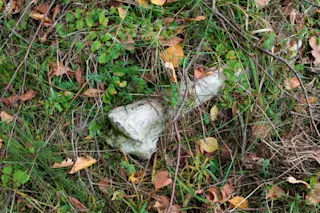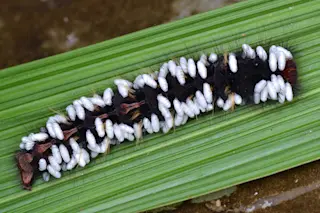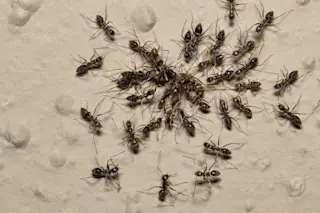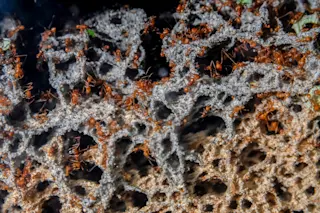Locusts are prompted to band together in enormous, destructive swarms by the same brain chemical that is linked to happiness in humans. A fascinating new study has found that locusts that are about to swarm experience a sudden surge of serotonin, the same neurotransmitter that's targeted by antidepressant drugs.
"Here we have a solitary and lonely creature, the desert locust. But just give them a little serotonin, and they go and join a gang," observed Malcolm Burrows [AP]
, one of the study's authors. Researchers say the findings
may lead to methods to block the formation of locust swarms. These infestations, which can cover hundreds of square miles and involve billions of vegetation-munching insects, can devastate agriculture and cost tens of millions of dollars to control [The New York Times].
Because locusts usually avoid each other, it's only dire circumstances that bring them together in buzzing hordes. For instance, unpredictable ...













